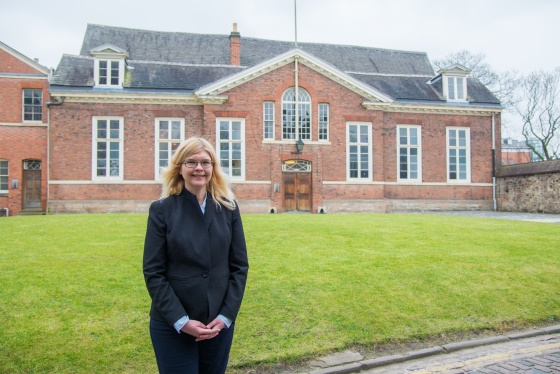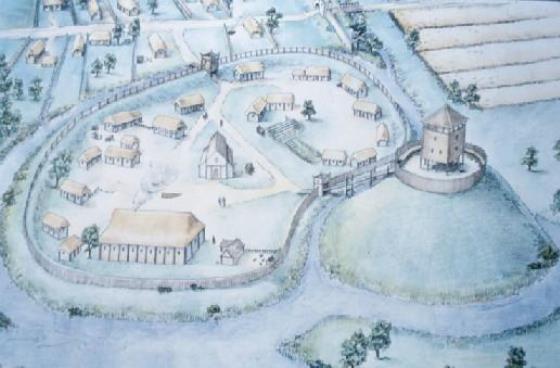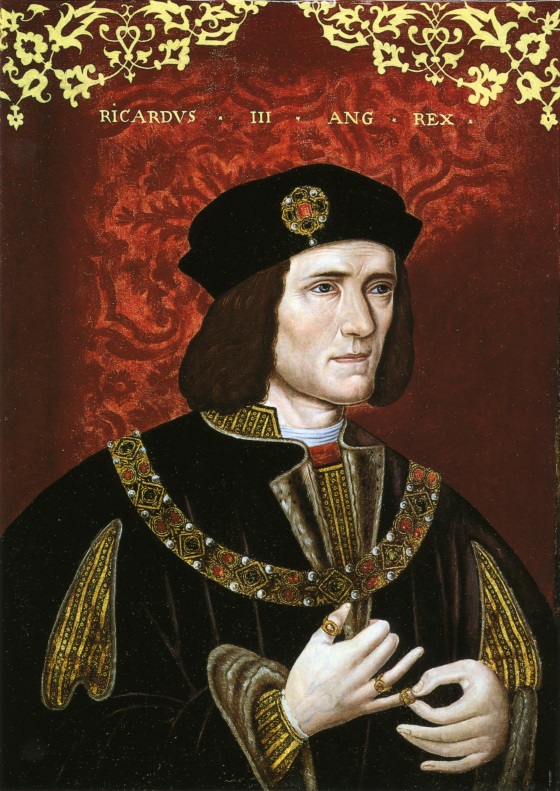From royal residence to business school - the fascinating history of Leicester Castle
It has played host to kings, dukes and literary legends and now work is set to make Leicester Castle the home of leaders of tomorrow as De Montfort University Leicester's (DMU) world-class business school.
With planning, listed building and ancient monument consents all granted, contractors are preparing to restore the Great Hall at Leicester Castle to its former glory.

The Great Hall is one of the city's finest hidden gems, and the base for Leicester Castle Business School's exciting portfolio of courses boasts a fascinating history.
It has survived violence and orders for destruction, welcomed royal visitors and hosted Parliament. High-calibre students from around the world will learn from leading academics in the same place that Richard III rested on his journey from London to York and Peter Pan author JM Barrie reported on court cases for the Nottingham Journal.
Professor Dana Brown, Principal of Leicester Castle Business School, says having the castle as the school's headquarters is a particularly exciting opportunity.
She said: "We have a chance to restore an historic building to tell the public and future business leaders a little more about the history and to create an environment for learning that is truly unique.
"It will make our students feel a part of something that's much bigger than you may feel in a traditional learning environment."
DMU's £4.2 million investment will ensure the Great Hall and its environs are reinvigorated. While Leicester Castle Business School embraces cutting-edge technology and ideas, the setting for students' academic achievements is firmly rooted in the past.

A reconstruction of Leicester Castle in the Norman period
In 1068, Leicester was captured by the Normans and a motte and bailey castle was constructed of wood, with a now-levelled earthwork mound all that remains. The location, then on the edge of town, gave a good strategic command of the river.
Robert de Beaumont, who became the 1st Earl of Leicester in 1107, began work replacing the wooden castle. It is likely his son began construction of the great stone hall. Although much altered, it forms the core of the castle today and is claimed to be the oldest surviving aisled and bay-divided timber hall in Britain.
The hall acted as a communal living space for the castle residents, with a private area for the lord and his family as well as administrative offices for the Earl's vast lands and a court.
The whole precinct was surrounded by walls. The Turret Gateway leading through to Trinity Hospital was a later addition (1422) and originally had two storeys and a portcullis. The gateway next to St Mary de Castro church dates to around 1446 and is now known as the Judge's Lodgings.
RELATED NEWS
Scholarships to study on DMU's new 'business courses for the 21st century'
Principal of new Leicester Castle Business School reveals why she chose DMU
Find out more about the history of the castle and DMU
Following a revolt in 1173, Leicester was besieged and captured by Henry II who later ordered the destruction of the castle and town defences - but they were not carried out.
As the residence of the Earls, later Dukes, of Leicester and Lancaster, the castle hosted many royal visits, with thousands spent on lavish entertainment. Notable members of the royal household over the ages included Geoffrey Chaucer, author of The Canterbury Tales.
In the early 15th century the castle became more of an estates office, with Parliament held in the Castle Hall in 1425. The Courts of Assize - periodic criminal courts that heard the most serious cases - continued to be held there.
By August 1483 when Richard III famously stayed at the castle, it was already beginning to crumble.

During the Civil War, the area saw fighting. Under Cromwell, the land was put up for sale, only to be reclaimed by the Crown on the Restoration of Charles II.
Most of the castle buildings were leased out or demolished, although the hall remained in royal hands. The brick frontage was added in 1695.
In keeping with its court function, the area outside featured a gallows and executions took place there.
The Great Hall was divided into two courts in 1821, and the royal connection finally ended when the county justices bought the hall from the Crown in 1888.
The area between the castle and river was used as a rubbish dump until 1926 when it was converted into Castle Gardens, while the courts - which heard the famous Green Bicycle murder case in 1919 - were in use until 1992.
Now the Great Hall is about to enter a new chapter, providing students with the skills needed to become shapers and leaders in global business in the 21st century.
Posted on: Friday 06 May 2016